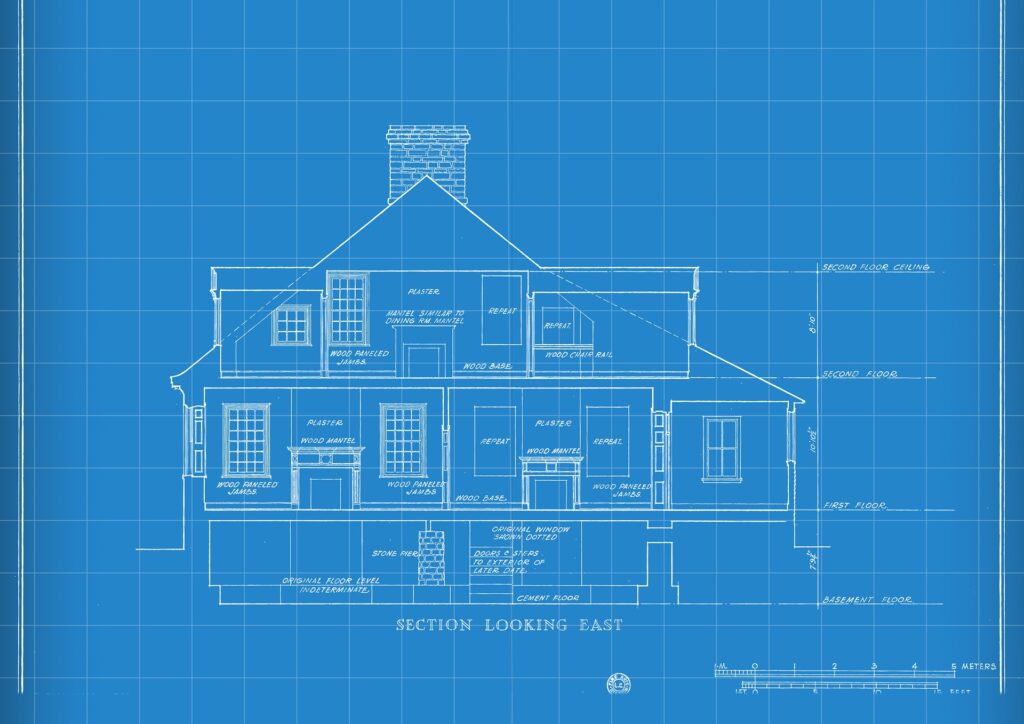How To Create Checklists About the Things You Love Doing… And Get Paid For It!
Here’s some news that may be surprising…
Creating popular, profitable info products doesn’t need to be a difficult, time-consuming process.
Because, get this…
There are some types you can create incredibly quickly, no matter your skill level… and your audience will benefit from and love them.
One such “Info product” is a checklist – or better yet, a set of related checklists. And when we say “checklists,” we don’t mean page-long lists of one-sentence points, NOPE!…
Instead… these three-to-four-page checklists are more like mini-BLUEprints.

That is…
You elaborate on each specific point with explanations of how to do something, tips, templates, and examples. It’s still short enough to print, yet provides detailed instructions your readers will refer to repeatedly.
This is important because…
- Lots of steps in a process can bog people down.
- And if they become “overwhelmed,” they QUIT!
- Or, they become frustrated if they complete the process but miss crucial steps.
And this is where your checklist set comes in…
- You can provide all the steps your audience needs to take to complete a process or achieve a goal successfully.
- You can even insert extra tips, templates, tools, and ideas to add value to your checklists.
End result?…
You’ve created something quick and easy your audience will love. And you can give these beauties away to build your list or even sell them. Either way, it benefits your audience and profits your business.
So, with that in mind… here’s an overview of my system for creating these organizational nuggets!
- Determine Your Topic of Expertise.
- Decide What Type of Checklist to Create.
- Develop the Process From Start to Finish.
- Detail the Steps to Make Everything Crystal Clear.
Now, let’s take a quick peek at these four steps, which we’ll unpack in the coming lessons…
Step 1: Determine Your Topic of Expertise
First things first… you need to begin with something you’re familiar with (and enjoy). It also needs to be a fairly complex topic, so you can create 10-20 checklists around it (and up to 50 checklists for a premium, signature product).

Example 1:
Web traffic generation is one such topic because you can organize checklists for each strategy (e.g., SEO, paid Facebook ads, guest blogging, etc.) SEO on its own is quite a complex beast where you can create lists for keywords, optimize web pages, create content around keywords, get links, etc. And you can create separate checklists for this specific topic.
Example 2:
Building a house is a massive topic, and you can create checklists for the essential stages of the project. And seeing as every stage in its proper sequence is critical… checklists are a must.
Here are some suggestions for questions you could ask which will help you choose your perfect topic…
Question #1: What topics are you familiar with?
First things first… let’s kick off with a brainstorming session about as many topics as you can think of. And don’t worry about whether a topic is popular or profitable at this stage… empty your head of all the possibilities, and put them all on paper (this is the first stage of manifesting an idea into reality).
Question #2: What Questions do People Ask You?
When you know a lot about a topic, folk tend to flock around you for advice. Take a moment to think about all the questions your friends, family, and colleagues ask. For example…
- How did you get accepted into that top-tier grad school?
- How do you look so calm when others don’t?
- How did you build that house so fast (without any of the “normal” problems)?
- What’s your secret to a long, happy relationship?
Next…
Question #3: What sort of results have you achieved for yourself and others?
Think of the specific results you’ve achieved, goals you’ve obtained, and awards you may have won. For example…
You might have greatly increased your running speed over the course of several months… other runners will be fascinated by “How” you accomplished this feat of endurance and want to know your secret.
Question #4: Are you specialized in the skills you’ve accrued?
Take a moment to brainstorm all the skills you’ve acquired through the years. Is there something specific you’ve trained in or know a lot about? For example…
You might be a car mechanic and noticed how many people could do basic maintenance at home. So, you create a course showing how simple it is to change the oil in their vehicles or other similar tasks in the garage.
Pick a complex topic around your area of expertise and move on to the next step…
Step 2: Decide the Type of Checklists to Create
Here are two main “types”…
- Forward-looking checklists: are lists people follow in real time to complete a process. For example…
If you’re teaching someone how to set up a WordPress blog, you can provide the steps they need to follow in “real-time” to get their blog installed and customized. - Backward-looking checklists: are lists people look at “After” they’ve completed a process… so they can make sure they’ve completed all the necessary tasks. For example…
If someone is selling their home, they’ll want to check all they’ve done to prep for the sale. Like, decluttering rooms, cleaning carpets, and minor repairs. If they don’t have specific things done… the checklist will remind them and offer suggestions for completing them quickly, easily, and professionally.
Next step…
Step 3: Develop the Process From Start to Finish
Now you’ve discovered your topic and know what types of checklists you’re creating… the next step is to develop them.
First off, break the process down into at least 10 (or up to 20) different checklists. Share ten big steps within each list, or you could even cover 10 “sub-topics.”
Example #1: If you’re creating a set of blogging checklists, they could include everything from setting up the blog to market research, creating compelling content, and monetizing the blog.
Example #2: If the checklist is about evaluating a house before purchasing as an investment… you could create one for what to look for in each part of the house (one checklist each for the kitchen, living room, bedroom, master bath, attic, basement, garage, front yard, back yard. etc.)
Once you’ve done this, start developing them. You’ll want to sketch out the process from start to finish and then create a checklist entry for EACH step or sub-step.
TIP: It’s a good idea to have some beta readers review your lists to ensure you didn’t miss any important steps.
And finally…
Step 4: Detail the Steps to Make Everything Clear
At this stage, you’ve created a great step-by-step checklist people can use to complete a task or achieve their goals. Now you can enhance this checklist, making it even more valuable to your audience. Here are some items you can include…
- Examples.
- Tips.
- Dos and dont’s.
- Mistakes to avoid.
- FAQs.
- Templates.
- Swipes.
- Mini worksheets.
- Lists.
- Formulas/calculators.
For instance… if you’re teaching people how to lose weight, use a nutrition checklist that helps folk “clean” up their diet. And you could add more value by including…
- Grocery lists
- Lists of healthy ingredients
- Nutrition mistakes to avoid
- Calorie counter/calculator, so people know how much to eat
- Dos and don’ts
- Simple recipes
And similar items to enhance your list.
NOTE: This lesson contains an “overview” of the 4-step process for creating valuable checklists (So you can easily understand that process)… although we’ll unpack these ideas in greater detail over the remaining lessons, keep your eyes peeled!
